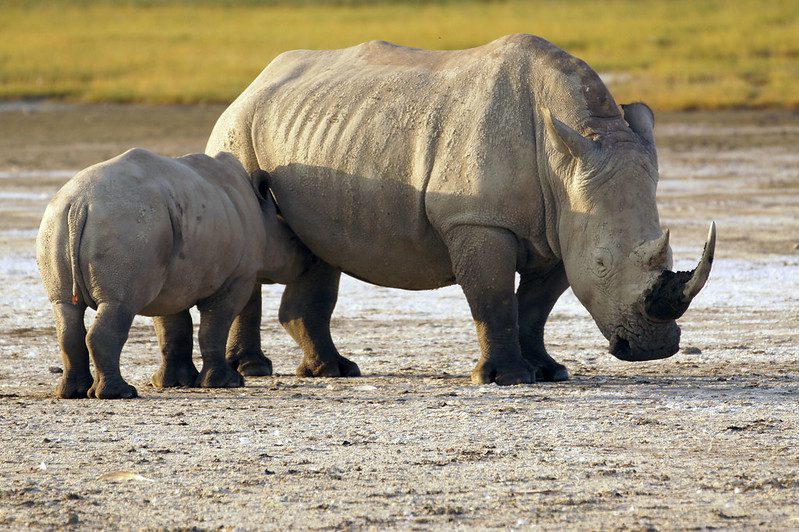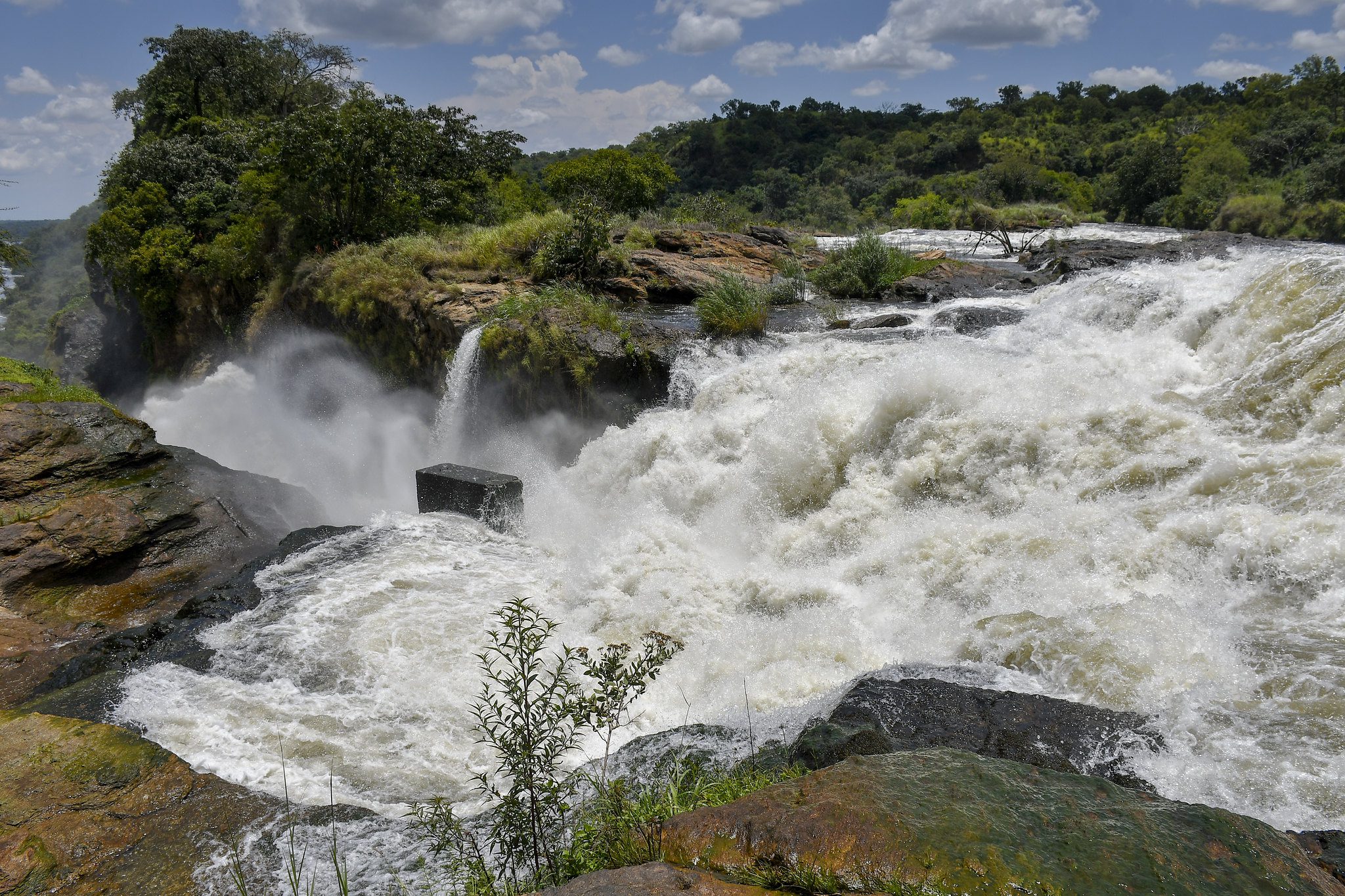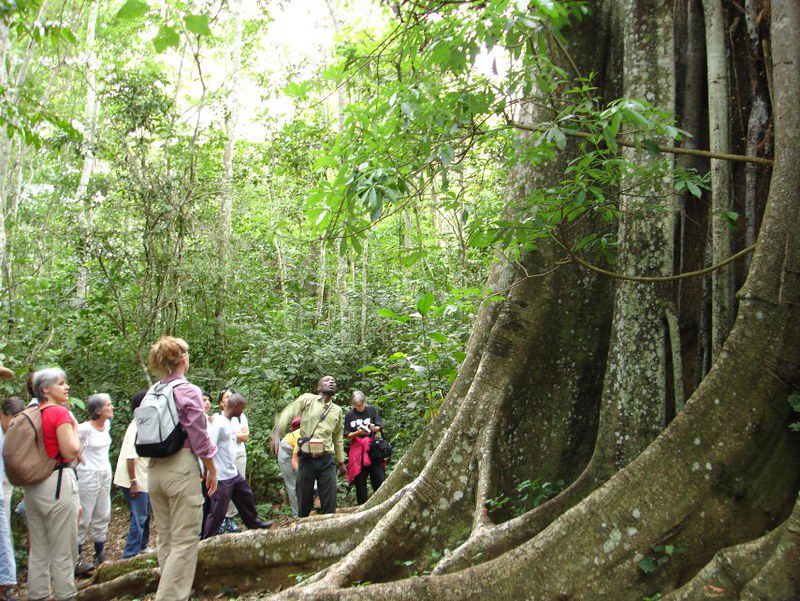Exploring Kenya’s Big Five Safari: What You Need to Know | Big Five Kenya Safari | See the big five animals on your Kenya safari | Kenya Wildlife safari
Kenya, with its diverse landscapes and abundant wildlife, is a top destination for safari enthusiasts. The country is renowned for being home to the “Big Five,” a term coined by big game hunters to describe the five most challenging animals to hunt on foot. Today, these majestic creatures are a major draw for wildlife enthusiasts and tourists seeking an unforgettable safari experience.
What Are the Big Five Animals in Kenya?
Kenya’s Big Five comprises the elephant, lion, rhinoceros, leopard, and African buffalo. These revered animals are considered the pinnacle of an African safari, and spotting them in their natural habitats is a thrilling and awe-inspiring experience.
Which animals are considered part of the big five?
The Big Five in Kenya refer to the elephant, lion, rhinoceros, leopard, and African buffalo. These animals are coveted sightings for wildlife enthusiasts and are synonymous with the wild, untamed beauty of Africa.
Where can you find the big five animals in Kenya?
The Big Five can be found in various national parks and reserves across Kenya, including the renowned Maasai Mara National Reserve, Amboseli National Park, and Lake Nakuru National Park. These protected areas offer opportunities to observe these magnificent creatures in their natural habitats.
What makes these animals part of the big five?
The designation of the Big Five was originally based on the difficulty of hunting these species on foot. However, today, these animals are revered for their beauty, strength, and the sense of wonder and excitement they evoke in those who have the privilege of witnessing them in the wild.
Planning a Kenya Safari to See the Big Five
When planning a safari to see Kenya’s Big Five, it’s essential to choose the right time and place for the best chances of encountering these iconic animals. The Maasai Mara National Reserve, with its sweeping savannas and abundant wildlife, is a prime location for witnessing the Big Five in all their natural glory.
What are the best places in Kenya to see the big five?
Kenya offers an array of exceptional wildlife sanctuaries, such as the Maasai Mara National Reserve, Amboseli National Park, and Tsavo East National Park, where visitors can embark on thrilling safaris to witness the Big Five in their natural habitats.
What is the best time of year to go on a Kenya safari?
The best time to visit Kenya for a safari to see the Big Five is during the dry season, which typically runs from late June to October. This period offers optimum wildlife viewing opportunities as the animals gather around water sources, making them easier to spot.
What should you consider when arranging a safari to see the big five?
When planning a safari to see Kenya’s Big Five, it’s crucial to book with All In Africa Safaris to prioritize sustainable and eco-friendly practices. Additionally, to consider the duration of the trip, the guided experiences offered, and the conservation initiatives supported by All In Africa Safaris.
Understanding the Habitats of Kenya’s Big Five Animals
Each of the Big Five species in Kenya exhibits distinct habitat preferences, ranging from the expansive savannas favored by elephants to the dense woodlands inhabited by elusive leopards. Understanding their preferred habitats is crucial for wildlife enthusiasts seeking to observe these magnificent creatures in the wild.
What type of habitat do elephants prefer in Kenya?
Kenya’s elephants thrive in a variety of habitats, but they are predominantly found in open grasslands, savannas, and forested areas, where they have access to water sources for bathing and drinking. The Amboseli National Park is renowned for its large elephant herds against the backdrop of Mount Kilimanjaro.
How do the habitats of lions and leopards in Kenya differ?
Lions typically favor open grasslands and scrubby woodlands, while leopards are more adaptable, occupying a range of habitats including forests, grasslands, and rocky outcrops. The diverse landscapes of Kenya provide ample opportunities to spot these magnificent big cats in their natural environments.
Why are rhinos endangered in Kenya and how is their habitat protected?
Rhinos in Kenya continue to face severe threats from poaching and habitat loss. To combat these challenges, dedicated conservation efforts and stringent protection measures have been implemented, including the establishment of rhino sanctuaries and anti-poaching initiatives to safeguard their remaining habitats.
Conservation Efforts for Kenya’s Big Five Animals
Kenya has made significant strides in conservation efforts aimed at protecting the Big Five and their habitats. Various conservation programs, community involvement, and anti-poaching initiatives play a pivotal role in safeguarding these iconic species for future generations.
What conservation programs are in place for Kenya’s big five animals?
Kenya is home to numerous conservation programs dedicated to the protection of its iconic wildlife, including the Big Five. These initiatives encompass habitat preservation, anti-poaching measures, wildlife monitoring, and community-based conservation projects aimed at mitigating human-wildlife conflicts.
How are communities in Kenya involved in the conservation of these animals?
Local communities in Kenya actively participate in wildlife conservation through community conservancies, sustainable tourism ventures, and engagement in conservation education and awareness programs. Their involvement is essential in fostering coexistence between wildlife and human populations while supporting the long-term conservation of the Big Five.
What are the major threats to the future survival of the big five in Kenya?
Despite conservation efforts, the Big Five in Kenya face ongoing threats such as poaching, habitat degradation, and human-wildlife conflicts. Climate change also poses a substantial risk to their ecosystems, reinforcing the urgency of sustained conservation endeavors to secure the future of these charismatic and iconic species.
Experiencing the Big Five on a Kenya Safari
A safari to witness Kenya’s Big Five offers a profound and humbling experience, allowing visitors to observe these majestic animals in their natural environments. However, it is crucial to approach these encounters with a deep respect for wildlife and ethical considerations for their well-being.
What are the ethical considerations when viewing the big five on a safari?
When observing the Big Five on a safari, ethical conduct is paramount. Adhering to established wildlife viewing guidelines, maintaining a safe distance from the animals, and respecting their natural behaviors are essential for ensuring minimal disruption to their daily lives and preserving the integrity of their habitats.
How close can you get to the big five during a safari in Kenya?
The Professional guides of All In Africa Safaris prioritize the safety of visitors and the well-being of the wildlife. While close encounters with the Big Five may occur within safe parameters, it is imperative to adhere to the guidance of experienced guides and exercise caution to avoid disturbances to these wild and majestic creatures.
What other wildlife can be seen in addition to the big five on a Kenya safari?
In addition to the Big Five, a Kenya safari offers opportunities to encounter a diverse array of wildlife, including zebras, giraffes, wildebeests, and an assortment of bird species. The rich biodiversity of Kenya’s national parks and reserves ensures captivating wildlife sightings beyond the iconic Big Five.



